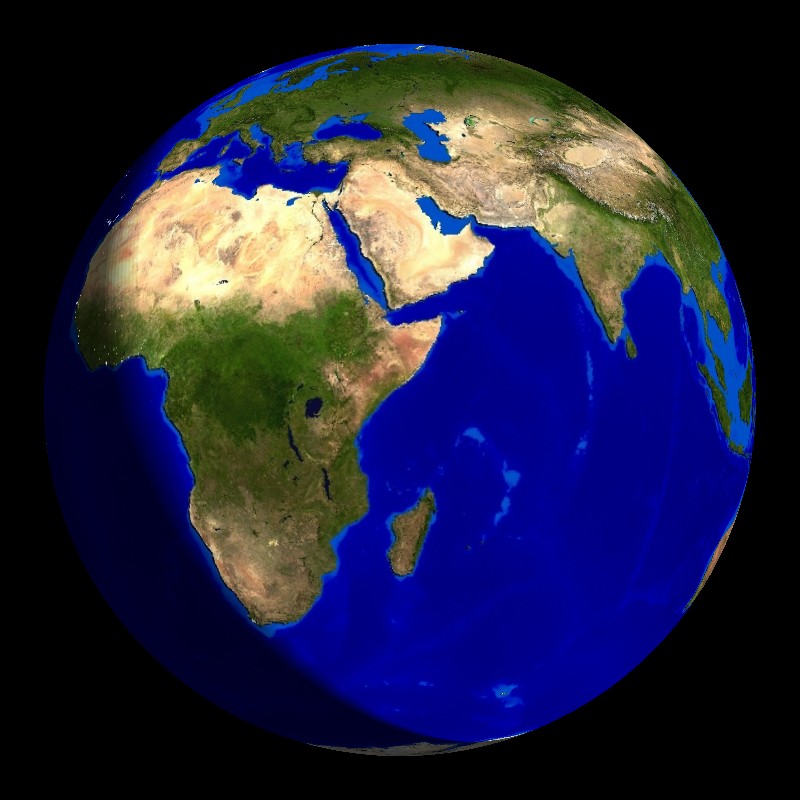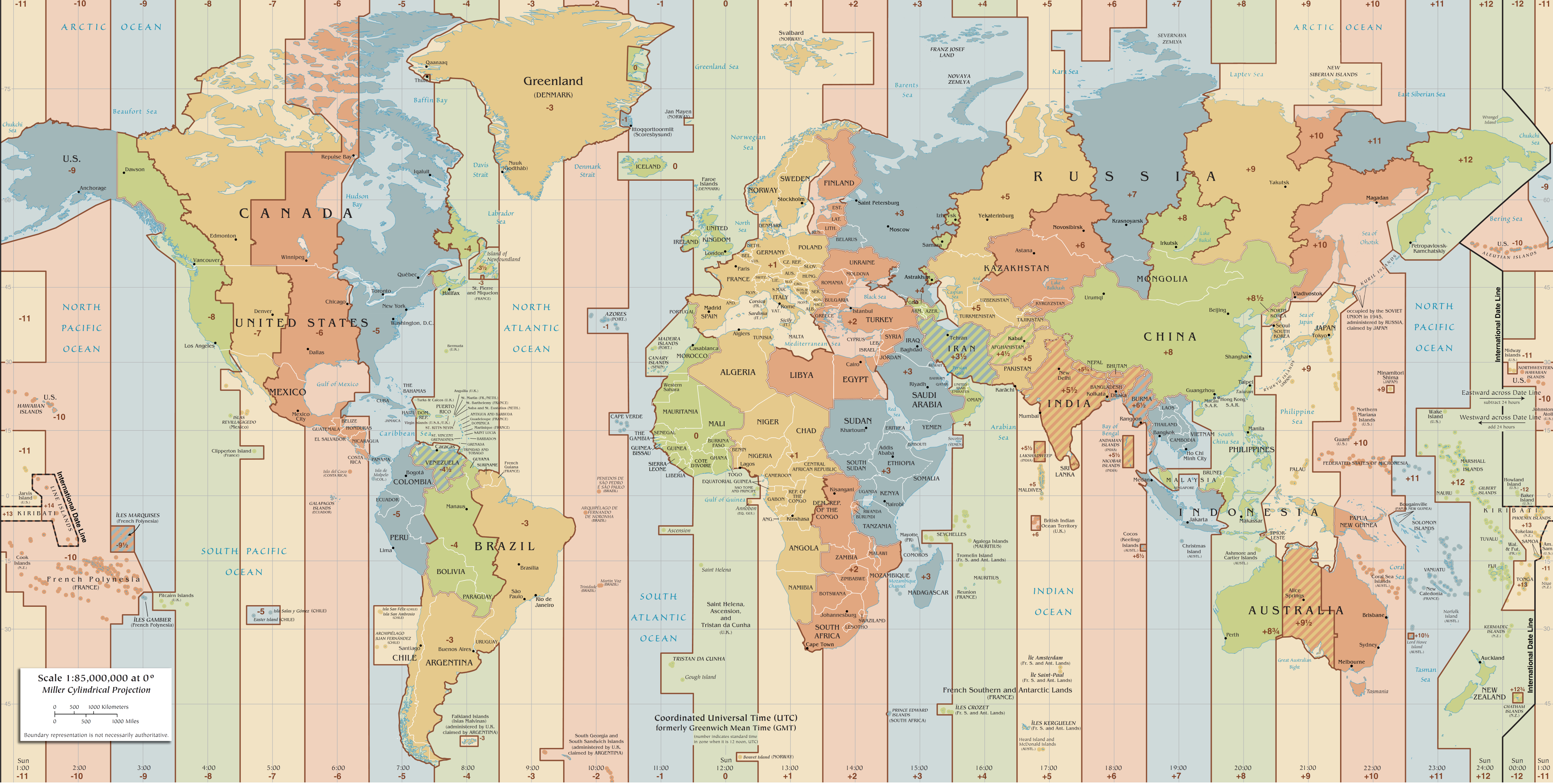Prekinder to Grade 2 Mathematics
World Time Zones
World Time Zones

Hi everyone, my name is Blublubox. I come from the planet Blebeep, and I'm visiting the Earth. Sam has asked me to stay with his family for a few days, and I've discovered many interesting things while I've been there.
This week, they're celebrating something called "Christmas". Sam has aunties and uncles who live in England, America and Canada, and his family has phoned them to wish them all a "Merry Christmas". Something very strange has happened, however. They phoned them all at different times on different days. When they phoned England, it was night time here in Sydney, but their Aunty and Uncle were just getting out of bed on Christmas morning. Sam's family waited until the next day to phone the relatives in Canada and America. They phoned the relatives in America at 9 am. It was 4 pm on the day before there! Then they waited another two hours to phone the relatives in Canada. At 11 am in Sydney, it was 4 pm in Vancouver, still on the day before. Something very strange was going on. Sam explained to me that his relatives lived in different world time zones. I decided it was time to find out more.
How do these different time zones come about?

Did you know that the Earth rotates on its axis? As the Earth spins, the Sun only shines on the part of the Earth that is facing it. It is night in the other parts of the Earth. The Earth rotates quite slowly (it takes a whole 24 hours for it to rotate once fully), so the Sun starts shining on different places at different times. We want midday (12 noon) to be the time when the Sun is at its highest point in the sky. This happens at different times in different places on the Earth, so the Earth has been divided up into different time zones. Some countries like Australia, the US, Canada and Russia have to be divided up into three, or even more time zones because they are so big. Most countries, like New Zealand, have only one time zone. The map below shows you the different time zones that the Earth is divided up into.

Did you notice a black line on the map that is labelled "International Date Line"? As we pass through the time zones around the globe, we eventually get to a place where the time is either one day ahead, or one day behind. This place is called the International Date Line. In Australia and New Zealand, we are one day ahead of places like the United States and Canada. So, when it is Monday in Australia, it is still Sunday in the US and Canada. This is why Sam's family had to wait until the day after Christmas to phone their relatives in the US and Canada.
Here's another interesting fact: did you know that if you fly by plane to Vancouver in Canada, you arrive at a time that is earlier than the time you left Sydney, on the same day? This is because you have to cross the international date line.
Daylight Saving

Sam told me about something else that was strange. In many parts of Australia and New Zealand, people deliberately change their clocks by an hour at certain times of the year. The reason for this is so that people can get more done during the hours while the sun is shining in the Summer. They set their clocks forward by one hour for the Summer, and then set them back by one hour (to the real time) for the Winter. Computers and mobile phones automatically adjust their clocks to the new time. Other clocks have to be set by hand.
Conclusion
So, that's all I was able to find out about the world time zones. If you need to phone a friend or relative in another country, it would be a good idea to find out what time it is there before phoning them. They might be a bit cross if you phone them in the middle of the night!
Description
This mini book covers the core of Math for Foundation, Grade 1 and Grade 2 mathematics including
- Numbers
- Addition
- Subtraction
- Division
- Algebra
- Geometry
- Data
- Estimation
- Probability/Chance
- Measurement
- Time
- Money
- and much more
This material is provided free of cost for Parent looking for some tricks for their Prekinder, Kinder, Prep, Year 1 and Year 2 children
Audience
Grade 1/Year 1, Grade 2/Year 2, Prep, Foundation, Kinder and Pre-Kinder
Learning Objectives
These lessons are for kids aged 4-8 with the core objective to expose their brains to concepts of addition, subtraction, division, algebra and much more.
Author: Subject Coach
Added on: 6th Apr 2018
You must be logged in as Student to ask a Question.
None just yet!